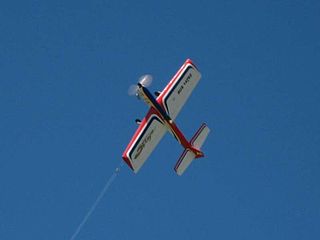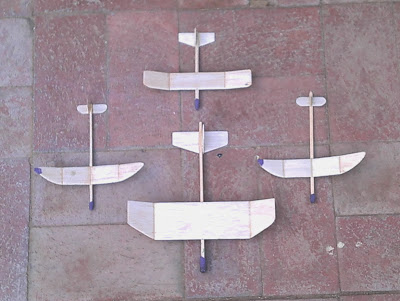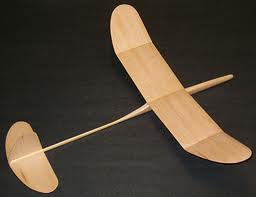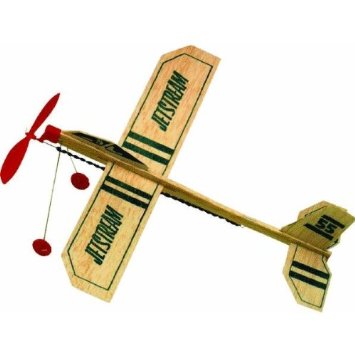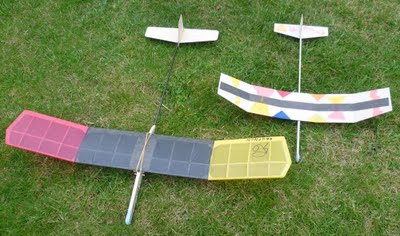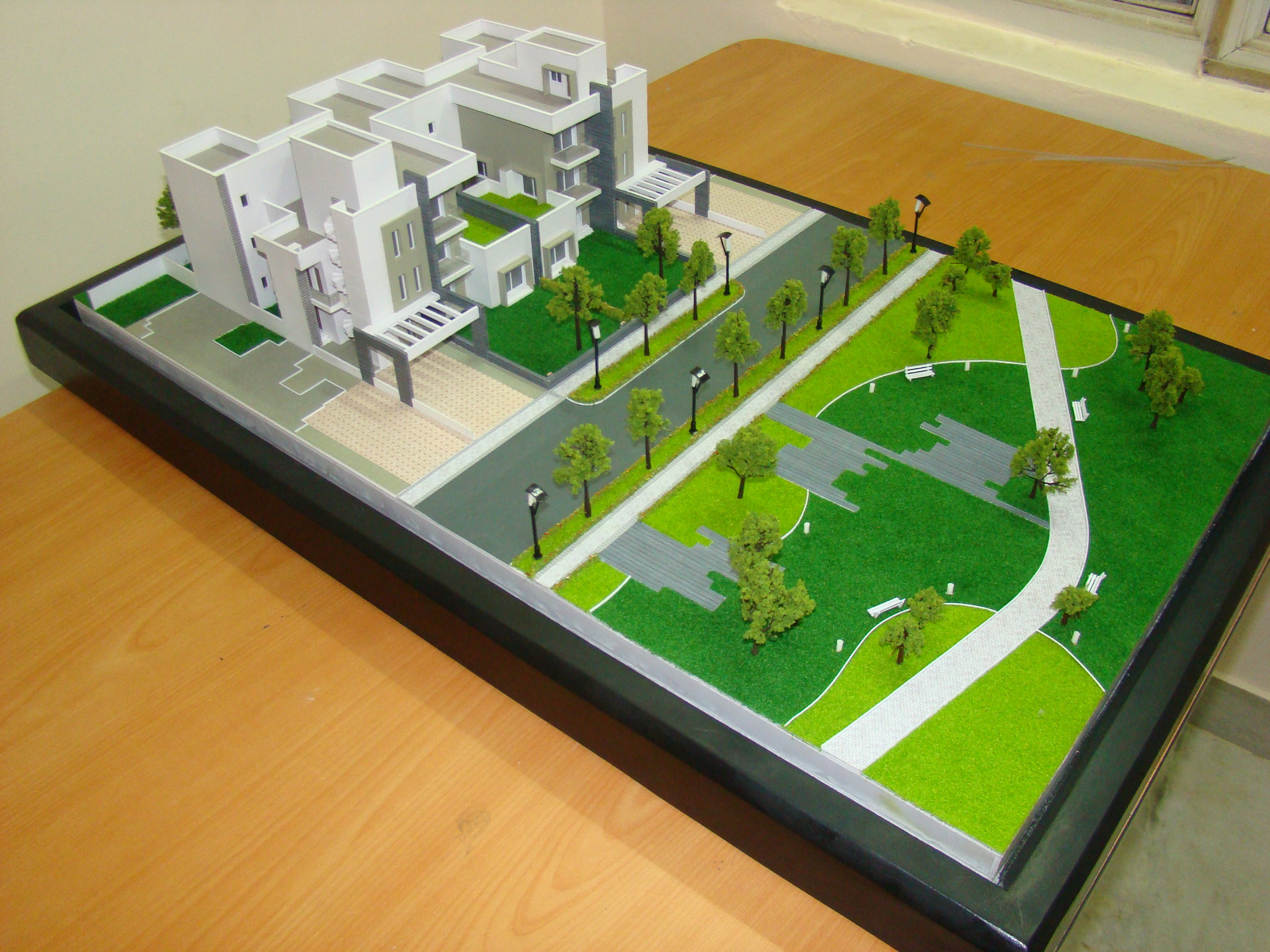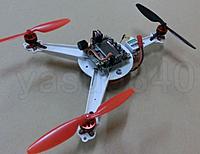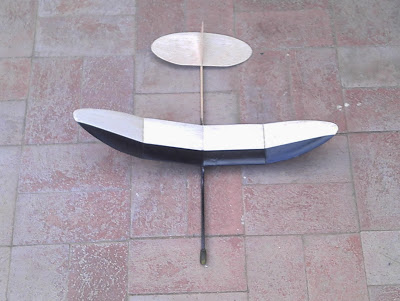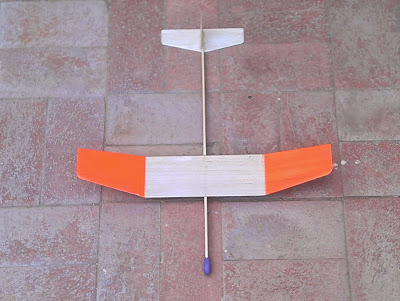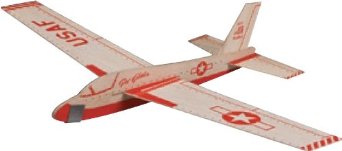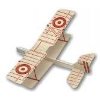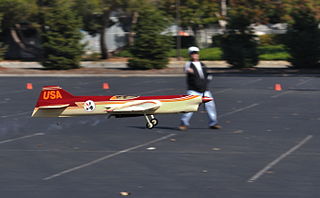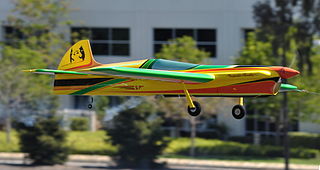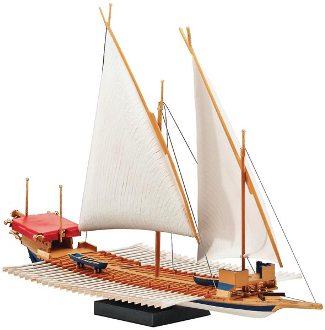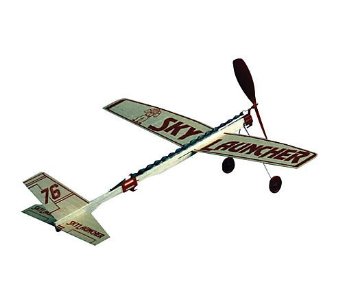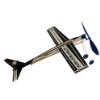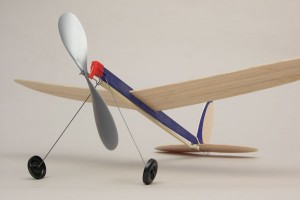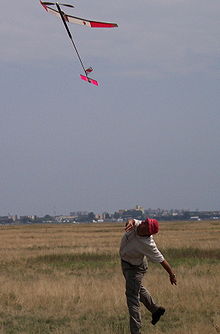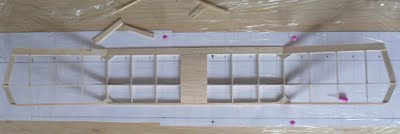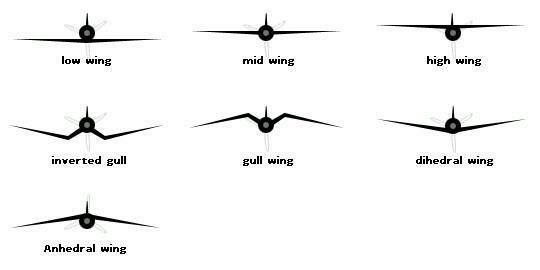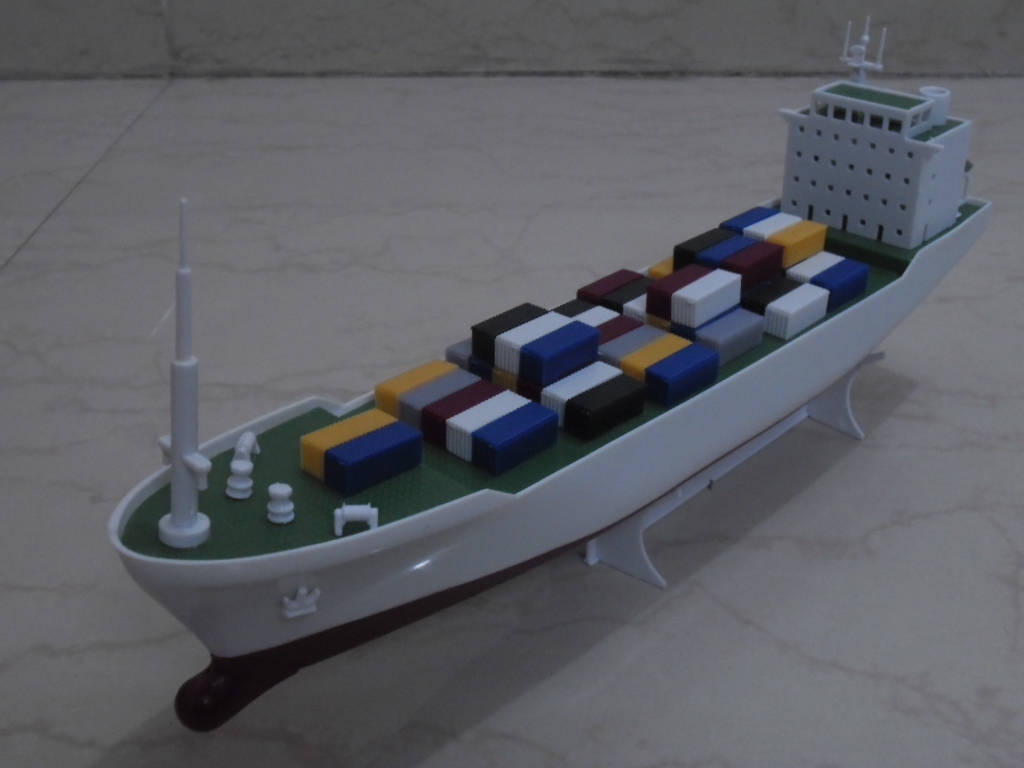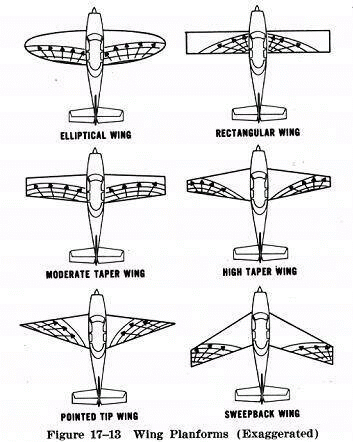AEROMODELLING
The design, building and flying of model air-planes is termed as Aero-Modeling. It has emerged as one of the finest hobby/ sport around the world.
Model aircrafts are flying or non-flying small-sized replicas of existing or imaginary aircraft created using a variety of materials including paper, plastic, metal, wood etc. These are broadly classified into two types:
* Static: which can't fly, often used for display purposes.
* Dynamic: These can fly and act as a great source of fun along with learning concepts of aero modeling
We have a wide portfolio of Aeromodelling kits, enough to suffice the thirst of a Beginner to even Advanced Aero-modeler. Our kits are inclusive of imported materials and contains each and every part required to successfully build, assemble and fly the model. We also offer Radio Controlled models.
Everybody wish to fly but not possible for everyone, but now possible with aero modelling, is amazing hobby. This is not experience to fly but give feeling to fly also technical knowledge.
All our products are tested and guaranteed. For any queries, products design, other product related information's, and problems in selecting our products you can contact us immediately.
We are always grateful and thankful to Mr. Suresh Kumar Kolkota ( Father of Aeromodelling ) introduced Aeromodelling in India.
Chuck Glider Readymade and Kit form.
Chuck Gliders are made of Balsa wood which flies beautifully when gently launched into the air, usually in the wind by a gentle throw of hand. The critical aspect of these aero models is the design of the wing, as that decides the time of flight of the model. This model helps children in understanding the concept of Aerodynamics (Aero-foil shape of wing) in a practical and interesting way.
We provide basic chuck glider kit with a wing span of 40 cm, ideally suitable for 10+ years. Each kit includes everything required to build a working model from scratch like:-Balsa wood, Cutter, Sand Paper, Super glue, Plasticine( Modeling Clay), Stainless Steel Scale, Pen and Step by step instruction Manual.
Catapult Glider
The model is launched by stretching elastic band(s) between the hands of the contestant, with one end(s) firmly attached to a launching handle. The handle shall consist of a rigid dowel or similar device, with the elastic band(s) firmly attached. The launching handle (including the attachments for the elastic) shall not exceed six (6) inches in length, measured along the longest dimension. The handle may use padding or contoured grips for flier comfort. There is no limit to the length or sizes of the elastic bands. All launching apparatus must remain firmly attached to either the handle or the model during launch. There is no limit to the number of launching handles a contestant may use to complete his/her flights.
Rubber Powered Glider
These are simplest class among the powered aero models. They are made of balsa wood and have a propeller which drives power from the unwinding of a twisted rubber band. They are usually the love of beginners in the field of aero-modeling. It gives you a great start where you can build, assemble and fly a rubber powered model made of imported materials. Needless to say, they make a great gift too
We provide self-starter kits for Chipmunk model, Ideally Suited for age group 10+ years. Each kit includes everything required to build a working model from scratch like:- Balsa wood, Cutter, Butter Paper, Propeller, Rubber Banda, White Glue, Cynoacrylate, Super glue, Stainless Steel Scale, Pen and Step by step instruction Manual.
Tow Line Glider
Gliders are a means of non-powered flight; they stay in the air based on the amount of wind. To get your glider airborne, you will need to tow it to the proper altitude. This is done using a tow rope attached to a tow plane. The proper towing procedure begins by moving the glider out to the field or runway.
Free Flight Aircraft
The essence of free-flight is that the aircraft have no need for external control, for instance by radio. Aircraft of this type have been flown for over two centuries. They are designed to be inherently stable in flight; if disturbed by a gust of wind or a thermal current they will return automatically to stable flight. For this reason most free flight aircraft are not replicas of man-carrying ones, for they are designed for a quite different purpose. Their stability is achieved by a combination of design and trim, - the relationship between centre of gravity, wing and tail plane incidence and rudder setting
Control Line Trainer / Aerobatic Aircraft
Control line (also called U-Control) is a simple and light way of controlling a flying model aircraft. The aircraft is connected to the operator by a pair of lines, attached to a handle, that work the elevator of the model. This allows the model to be controlled in the pitch axis. It is constrained to fly on the surface of a hemisphere by the control lines. There is also a control system that uses only a single solid wire that is twisted around its own axis, that spins a spiral inside the airplane to move the elevator. While it can be used with some success on any type of model, it is best for speed models where the reduced aerodynamic drag of the single line is a significant advantage.
Remote Control Aircraft
(Engine /Electric Powered)
A Radio-controlled (model) aircraft (often called RC aircraft or RC plane) is a small flying machine that is controlled remotely by an operator on the ground using a hand-held radio transmitter. The transmitter communicates with a receive within the craft that sends signals to servo mechanisms (servos)
which move the control surfaces based on the position of joystick on the transmitter. The control surfaces, in turn, affect the orientation of the plane.
Flying RC aircraft as a hobby has been growing worldwide with the advent of more efficient motors (both electric and miniature internal combustion or jet engines), lighter and more powerful batteries and less expensive radio systems. A wide variety of models and styles is available.
Scientific, government and military organizations are also utilizing RC aircraft for experiments, gathering weather readings, aerodynamic modeling and testing, and even using them as drones or spy planes.

